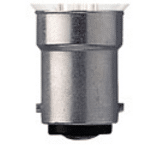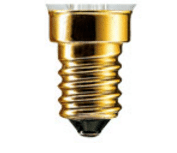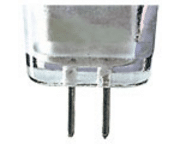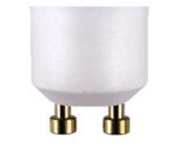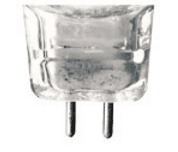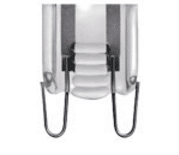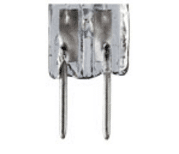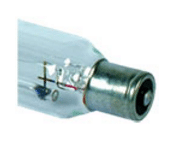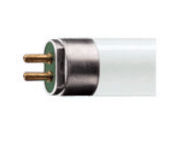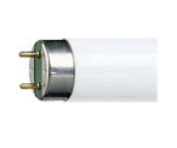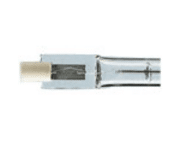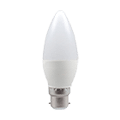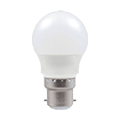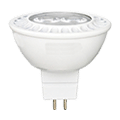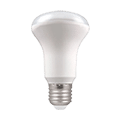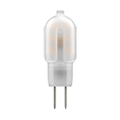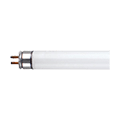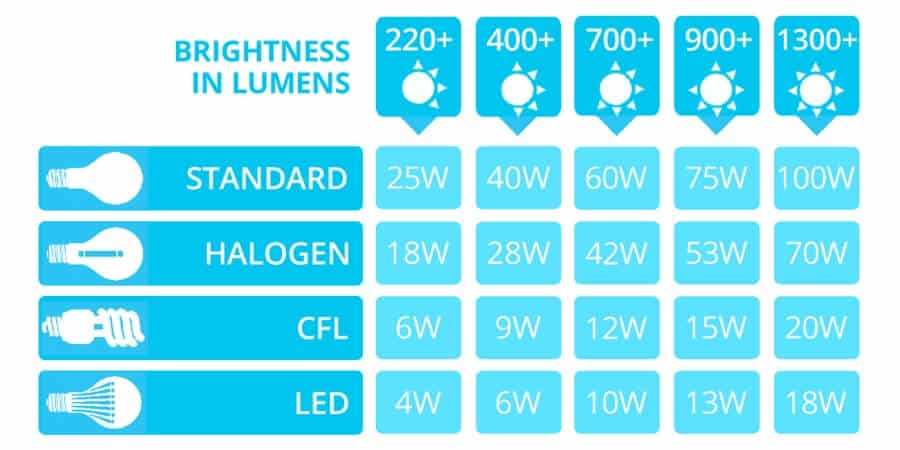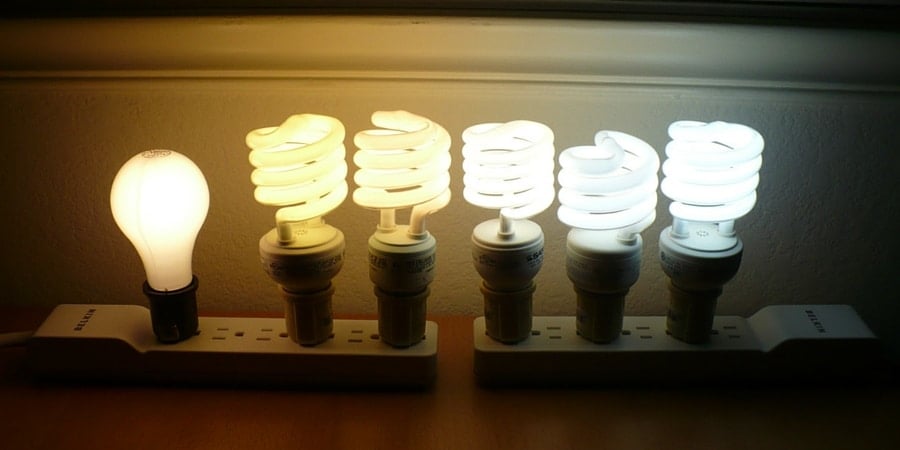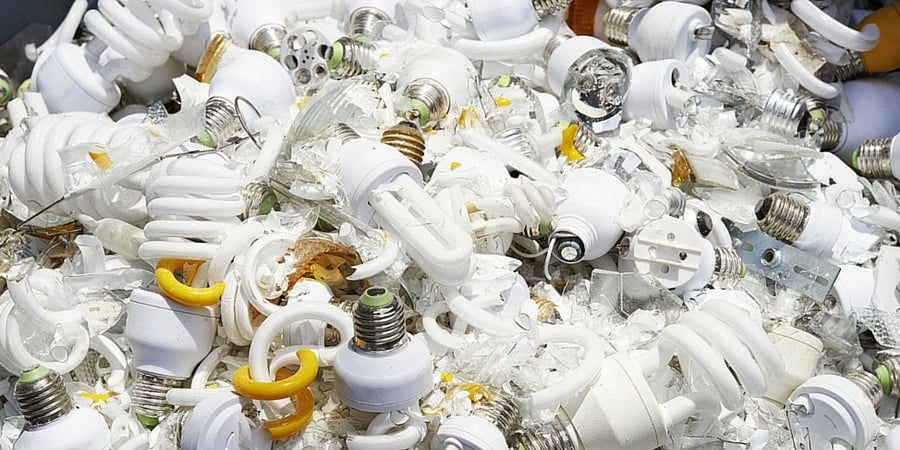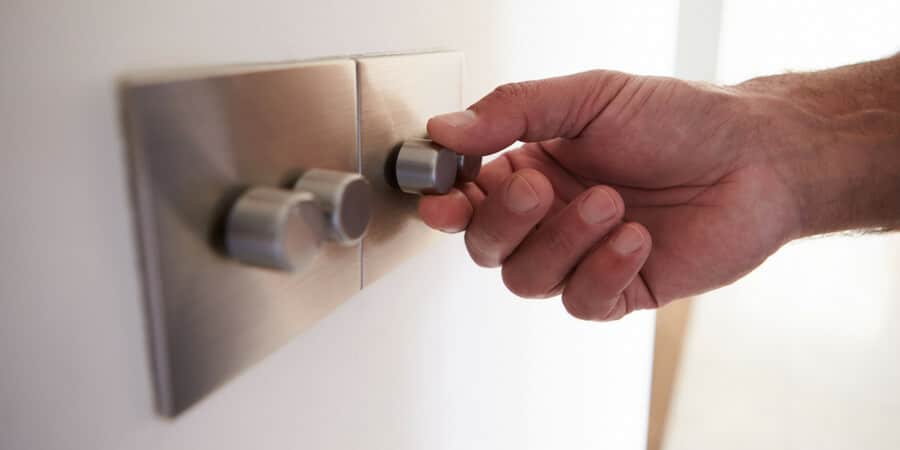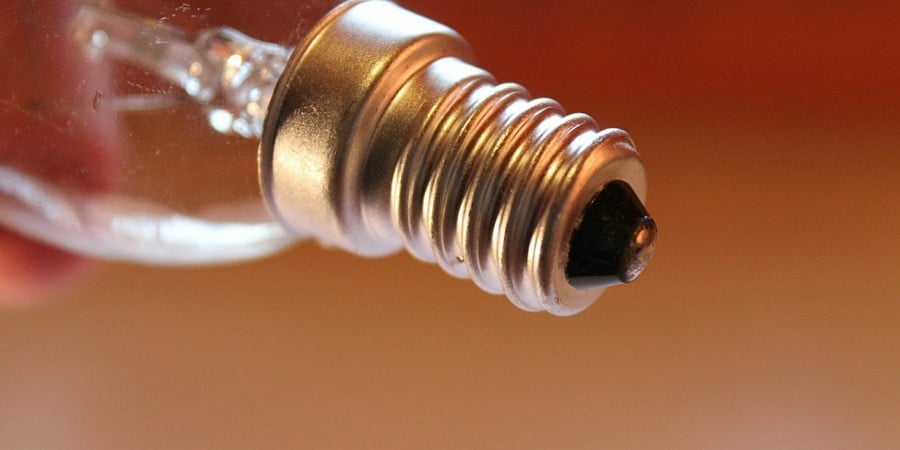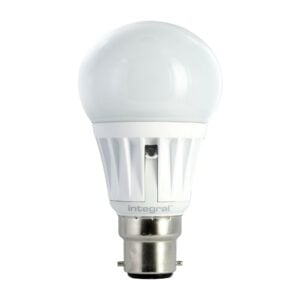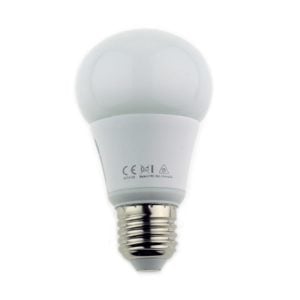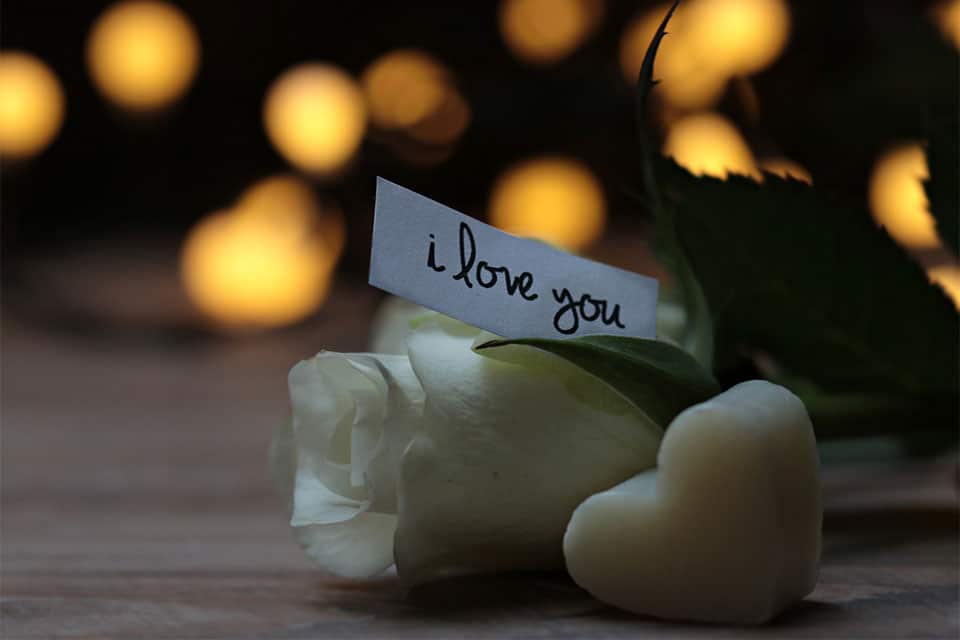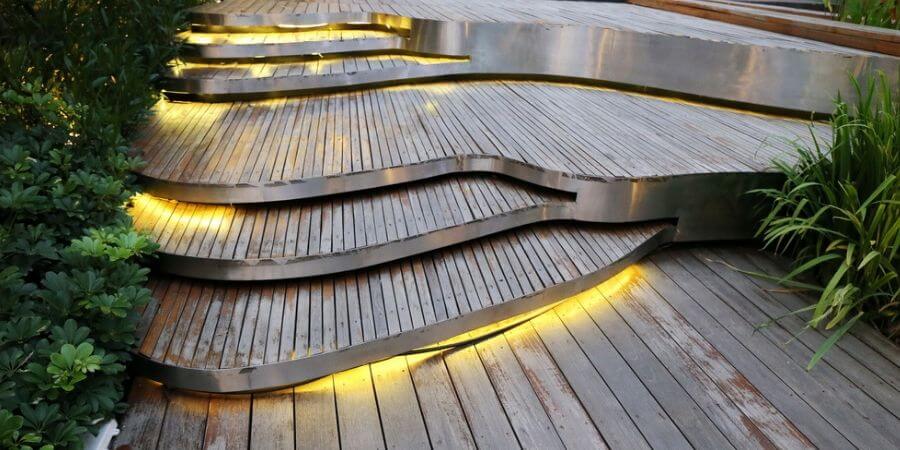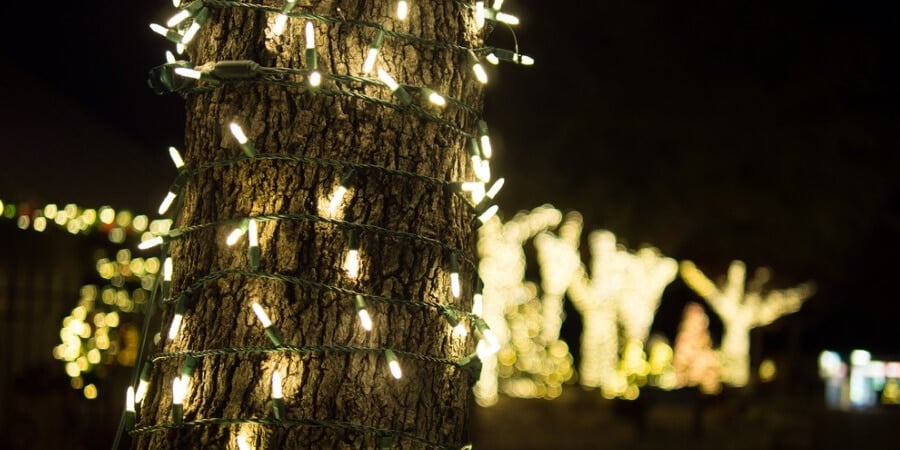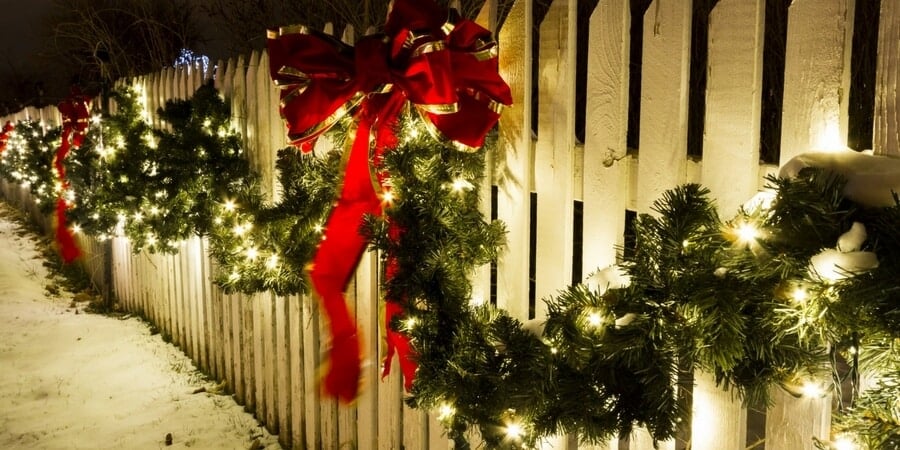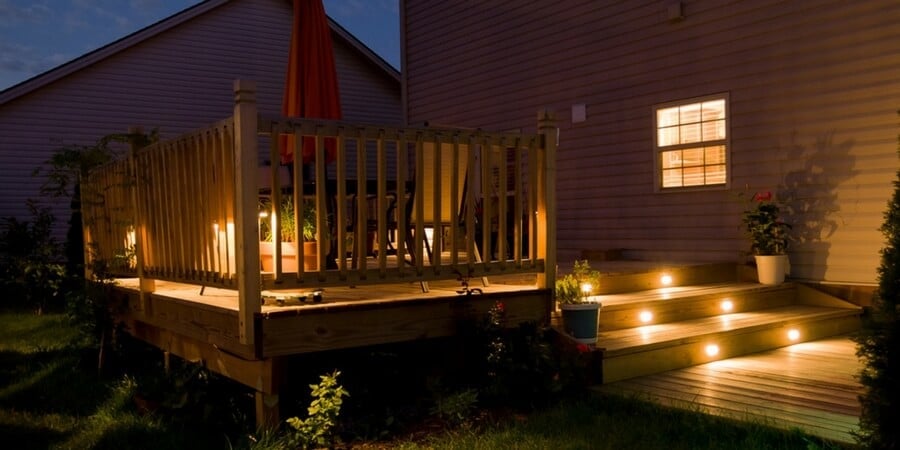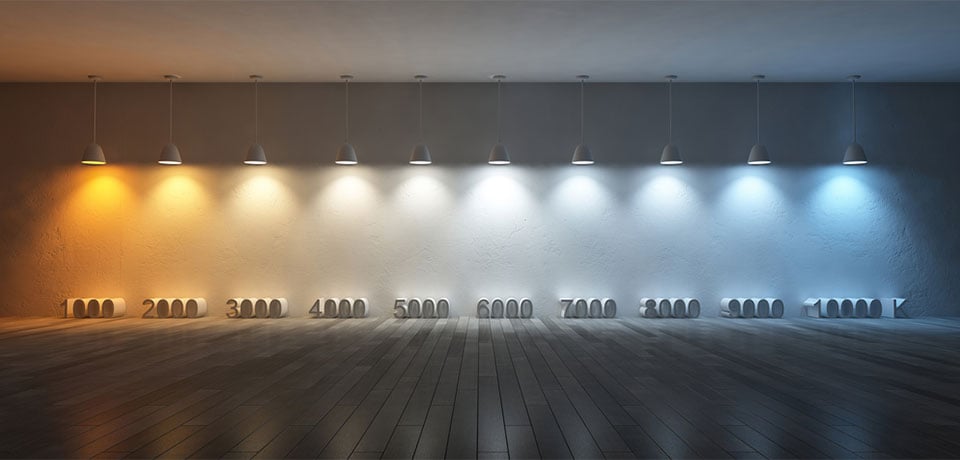Your garden is a space to be enjoyed, even into the evening when the light starts to fade. You may feel limited by the lighting options currently available to you—outdoor lighting can sometimes be restricted to nothing more than a single porch light or security lamp—but enhancing your garden with the proper illumination it deserves is an easy way to convert it into a usable space at any hour.
The Intention Behind the Illumination
When it comes to your garden, you need to look at what fixtures and outlets are available, the layout of the garden, current usage patterns, and how you want to use your garden going forward in order to find proper placement for lights you plan to add. For example, you may wish to add or improve existing lighting because you need or want to:
- Create ambience for outdoor entertaining or personal enjoyment.
- Brighten dark corners for security or convenience reasons.
- Demarcate a path or boundaries in your garden.
- Highlight features such as a pond, statue, or other architectural element.
If you are planning on adding light fixtures that will require wiring, consult with a lighting designer or electrician. They will be able to help you plan your garden and install everything safely and correctly.
Types of Lighting
As with indoor spaces, proper illumination in your garden means making use of the three types of lighting:
- Ambient Lighting – Most days that you’ll actually want to be outside, ambient lighting will be provided by the sun free of charge, but in the evening and at night, you’ll want to include lights along pathways, steps, and seating areas so that people can safely and easily move around. Light up walkways with lanterns or outline them with rope lights.
- Accent Lighting – Inside your home, accent lighting highlights artwork, awards, and architectural features. Outdoors, you can use spike lights it to emphasise statues, water features, prized plants, or simply build on the ambience.
- Task Lighting – Provides a more intense, focused level of lighting so you can see what you’re doing and perform detailed tasks. Outdoors, task lighting such as LED strip lights can be added around outdoor cooking and food prep areas.
SAFETY TIP: When setting up outdoor lights, be careful how you mount them on trees and other plants. Damage to the plant can cause a protective healing response that over time may cause the plant to grow over and around any fixtures or electrical components you’ve installed, which can quickly become a fire hazard.
It is always best to consult with an electrician when setting up new wiring, especially in areas where it can be easily accessed by wild animals and exposed to the elements.
Light Bulbs
In your outdoor spaces, use LED light bulbs with a warm or very warm colour temperature. Their lack of heat will discourage insects from flocking to them, and the warm colour will have less of an impact on animals.
Rope lights or LED strips along pathways, under stairs and along railings add low-level light that makes it easy to traverse these spaces safely without destroying the mood. Just make sure they are properly rated for the type of elements they’ll be exposed to.
Outdoor-rated fairy lights wrapped around trees, draped across plants, or strung up along fences can help create an enchanted garden atmosphere and a relaxing ambience to make time spent outdoors more enjoyable.
For lamp posts and other fixtures that will be in use regularly, even when you aren’t outdoors, look for light bulbs that you can set and forget, such as dusk-to-dawn sensor lamps that will turn on and off by themselves.
PRO TIP: Set outdoor security lights on a different circuit or switch than garden lighting for ambience, so that their harsher light won’t ruin the mood when you’re trying to enjoy your garden. Security lights should also be set on motion detectors so that they aren’t on all the time.Additional Considerations
It’s always a good idea to consider how your outdoor lighting will affect your neighbours, nocturnal creatures, and the night sky. There are a few things you can do to limit any negative impacts outdoor lighting may have:
- Turn the lights off when they aren’t in use to save on energy costs and cut down on skyglow. If you’re seeking outdoor illumination for security purposes, make use of motion sensor lights rather than always-on options.
- Select light bulbs with a warm correlated colour temperature (CCT), such as something with a maximum CCT of 3000k or lower (warm, very warm, or extra warm white).
- Select light bulbs that are dimmable or have a low lumen level so they aren’t blindingly bright, which can create harsh shadows and actually make it harder to see, in addition to negatively impacting nocturnal creatures.
- Select fixtures that are properly shielded and pointed downward so you aren’t wasting light and energy by sending the illumination somewhere that it isn’t useful, such as directly upwards, or into someone’s bedroom window by accident.
For more tips on proper light shielding, check out this guide from the International Dark-sky Association (IDA).
IP Ratings
IP stands for “Ingress Protection”, meaning the level of protection a light bulb or fixture has to prevent dust, debris, and water from entering it and coming into contact with its electrical components. The first number indicates the level of protection from dust and debris, and the second number indicates the level of protection against water.
Because they are exposed to the elements, outdoor fixtures and exposed light bulbs that will be affected by rain and water require a higher IP rating than the ones inside your home.
Location | Minimum Rating |
|---|---|
| Protected areas, such as a fixture located under a roof. | IP43 |
| Exposed areas that may be subject to light rain. | IP44 |
| Areas that are exposed to hard rain and may be pressure washed, such as decks and cement pathways. | IP65 |
| Submerged in shallow water, less than 1m deep, such as a small pond. | IP67 |
| Submerged in water deeper than 1m. | IP68 |
Read the rest of our Room-by-Room Guide to Lighting your Home for more lighting tips and expert advice for lighting every space.
Dining Room
Home Office
Entryway
Basement
Garden (you’re here!)



